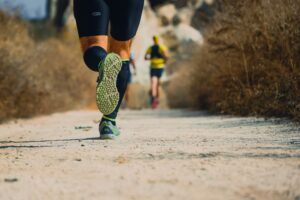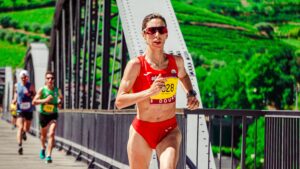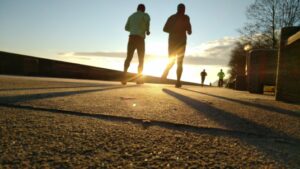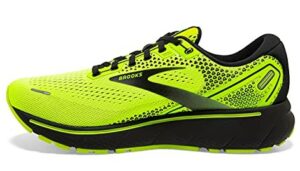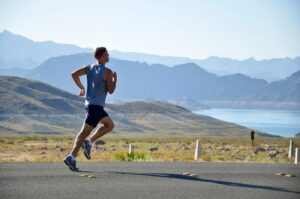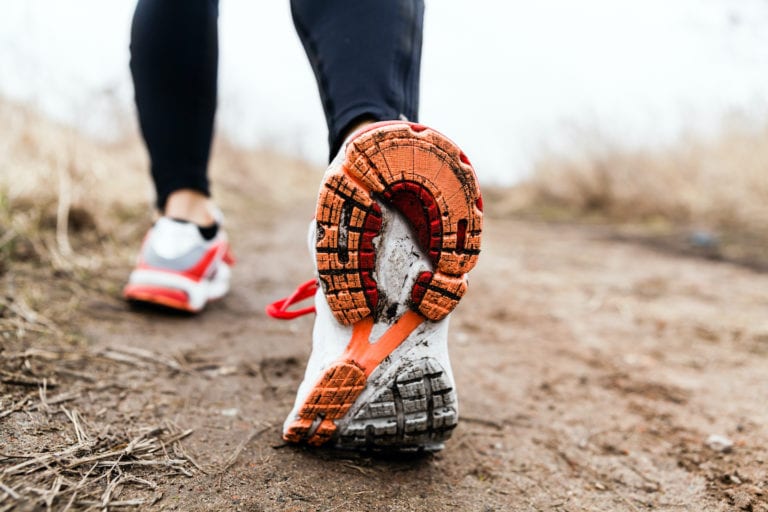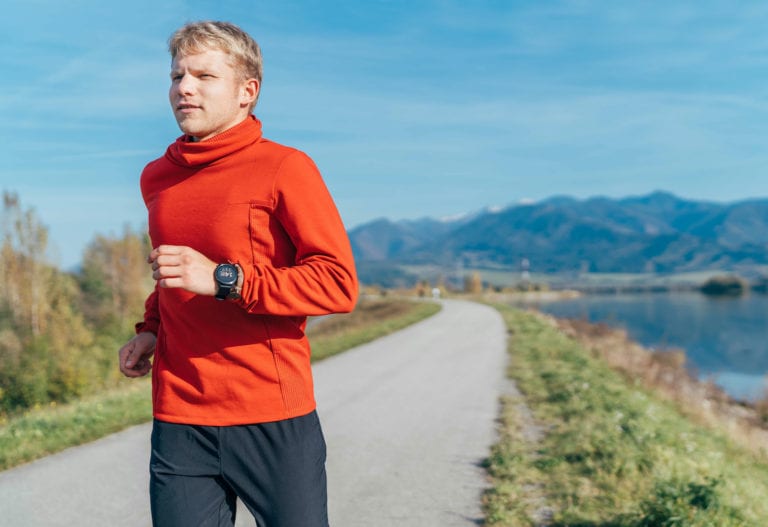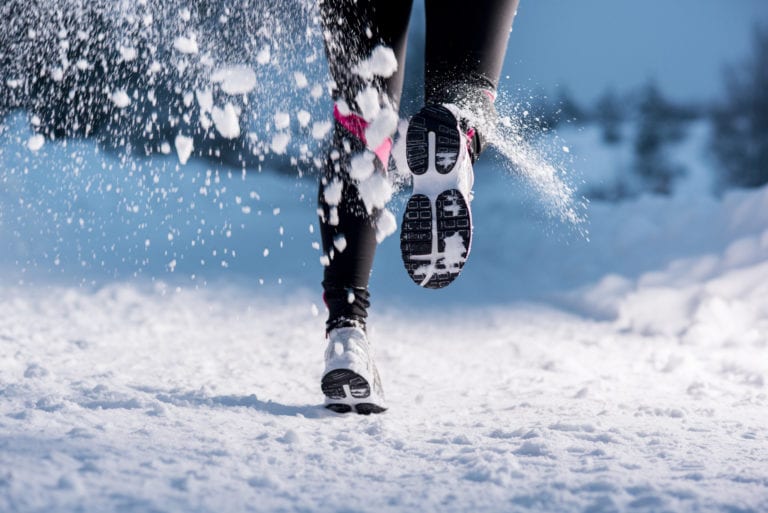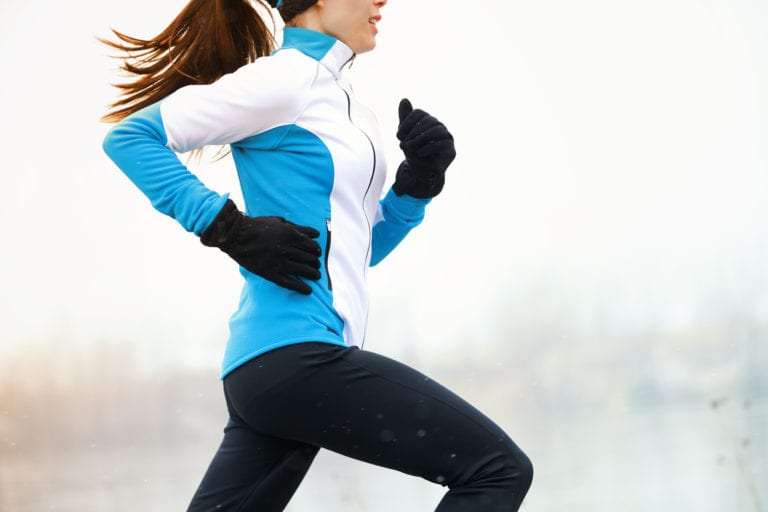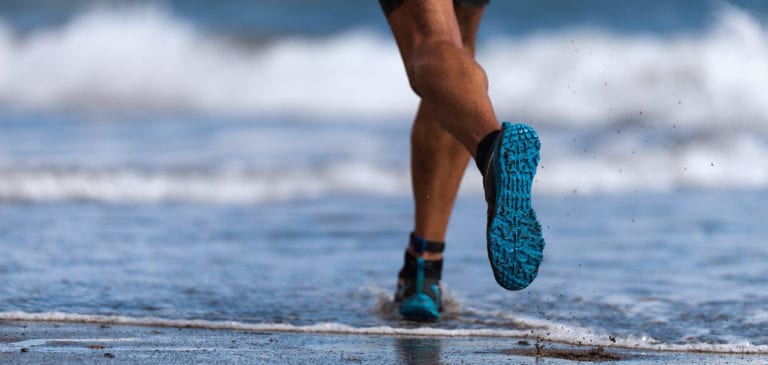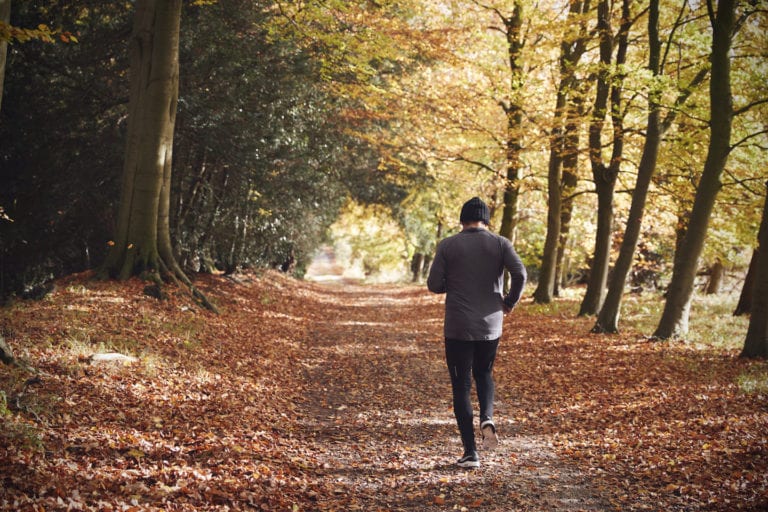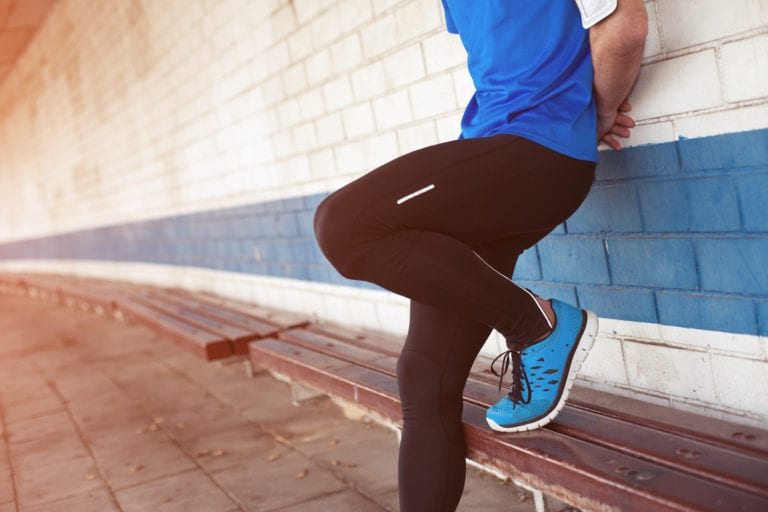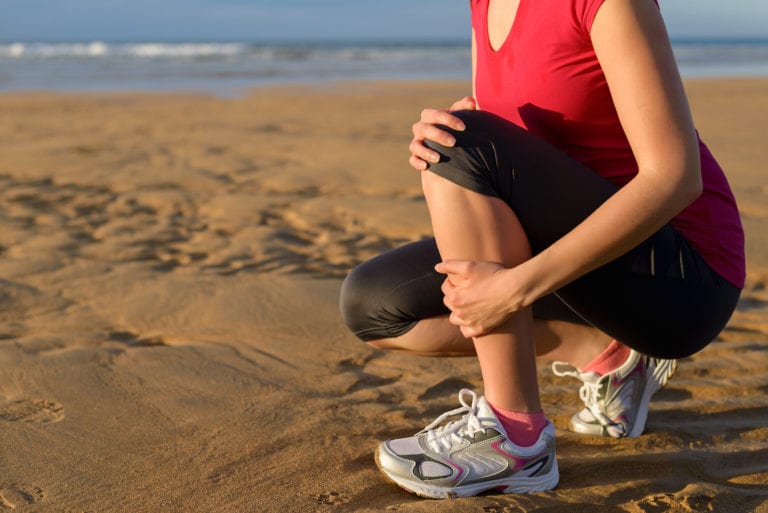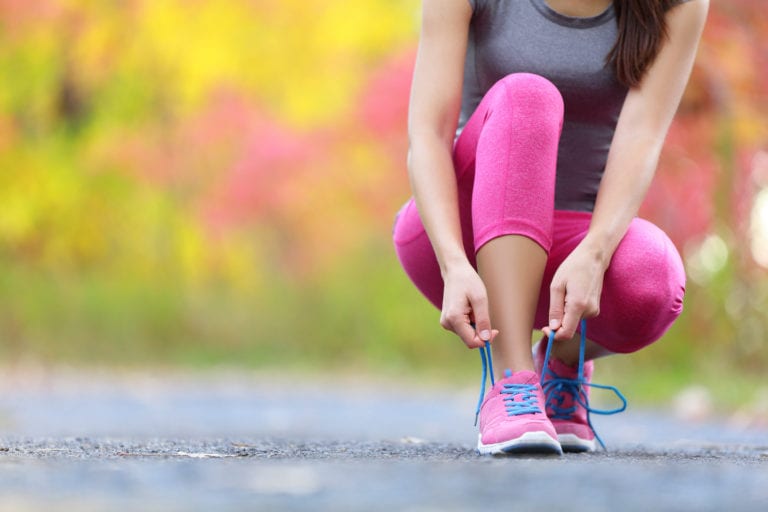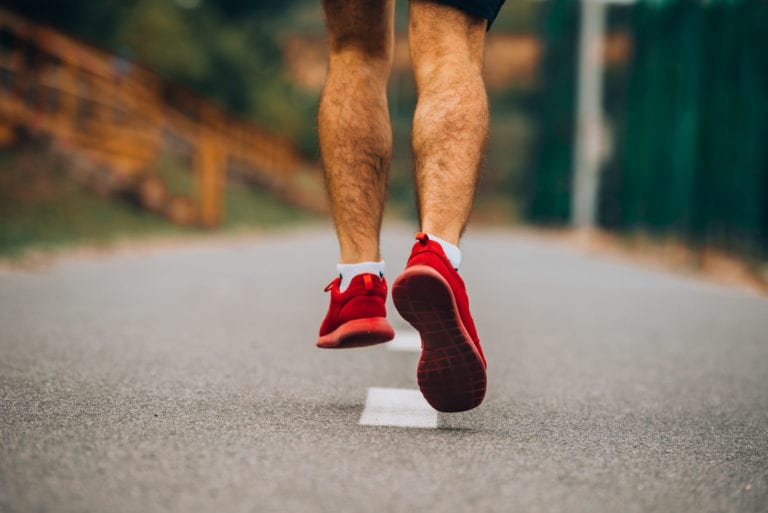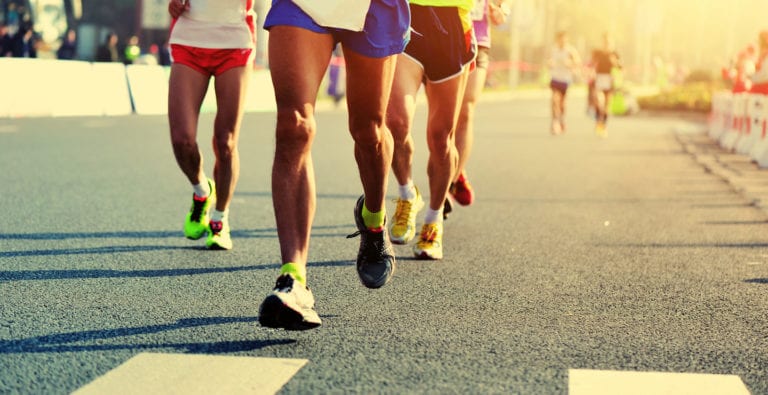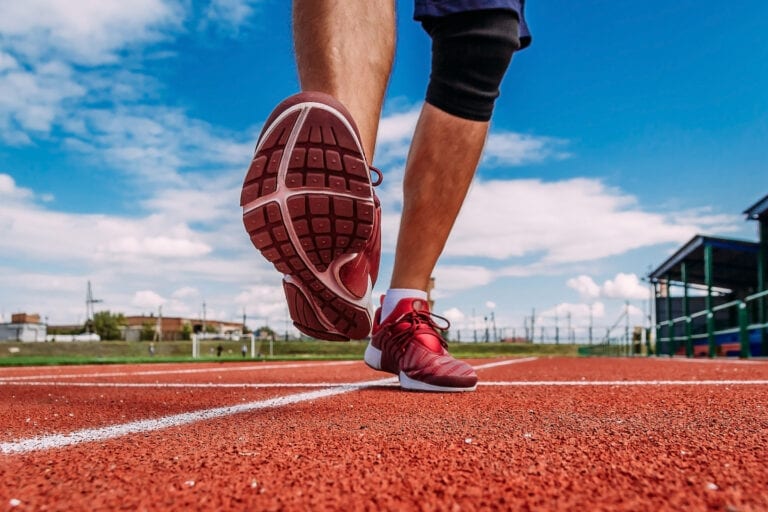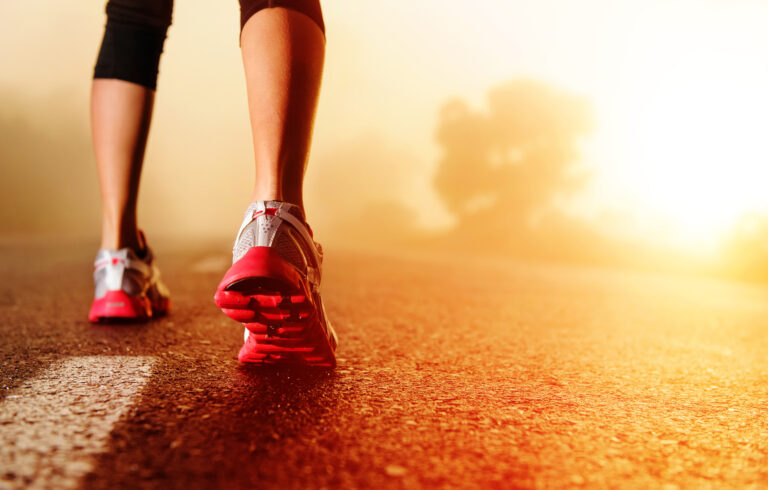For many trail runners, the benefits for walking and hiking in the mountains become evident with their first bigger race.
When you stand on the start line of a long event like a 100-miler or mountain race, you have to accept that you will not be running 100% of the time. Moreover, the more hiking experience you have under your belt, the better your trail running performance will be.
Why is fastpacking relevant for endurance runners? And how can you practice it? From multi-day adventures in the wild to long hikes with a light pack during a day only, fastpacking offers the opportunity to get used to changing weather conditions, mountain relief, and more, while you prepare for an endurance event. It also builds physical strength, mental toughness, and cardio endurance.
Read on to discover:
- The definition and benefits of fastpacking
- How to include fastpacking in your running training program
- What outdoor gear you need for a fastpacking trip
- Tips for your first solo outing as a fastpacker
What is Fastpacking And Why Should You Do It?
 Let’s start with the basics. Fastpacking is a relatively new niche of outdoor sports, meaning hiking with a lighter backpack and more streamlined kit than “regular” hikers would take on their walks.
Let’s start with the basics. Fastpacking is a relatively new niche of outdoor sports, meaning hiking with a lighter backpack and more streamlined kit than “regular” hikers would take on their walks.
It also can involve some running, as you would normally wear trail running shoes instead of hiking boots and aim to move faster, covering longer distances during your trip.
Where hikers tend to carry heavier kit, such as regular rain jackets and waterproof equipment, camping stoves and food, warm drink flasks etc., fastpackers often use the same hydration pack or vest that they would don for a long run.
Using lightweight items to face the weather conditions, they’ll also bring with them more running specific food like energy bars and carb drinks.
However, don’t be fooled into thinking a fastpacking trip is the same as a long run or race. There are no aid stations to help restock you, like in a race, but you will normally go out for multiple days, so you need to be self-sufficient, carrying more food and possibly more water than you would on a long run. You might also carry at least one change of clothes, an extra pair of socks being the minimum for a 2-day trip for example.
In a nutshell, here is how fastpacking is similar to ultrarunning:
- Faster pace overall;
- Lighter pack / hydration vest and nutrition mixes together sources of food from the running world like bars and gels, but also involves carrying more “real food” like sandwiches, wraps, rice balls etc;
- More minimalist kit but still including items to respond to a range of weather conditions.
Benefits of Fastpacking for Ultrarunners
As fastpacking involves carrying more food and drink, as well as clothing, than your normal long run, you may be wondering why you should include it in your ultrarunning training. From professional runners like Jasmin Paris to amateurs training for a first mountain ultramarathon, fastpacking adventures help develop your levels of comfort in the wild and your self-sufficiency. They are also ideal for building endurance, muscle strength, and mental resilience. Here are the key ways fastpacking helps with ultrarunning training:
- Build multi-day endurance. Many fastpacking trips involve at least two or three days of hiking, sleeping outdoors in a tent or staying in pre-booked mountain huts or shelters. This means you cannot just “switch off” mentally or physically at the end of your first day out – you test yourself for longer, in a continuous fashion. This will, in turn, make 100-mile runs that take upwards of 24 hours feel more manageable;
- Develop outdoors skills. From learning to read a map correctly, to picking the most appropriate waterproof jacket for your adventure, to interpreting the weather forecast and signs on the go, fastpacking can help you develop lots of very useful outdoors skills. These make you safer in the mountains and they also develop your confidence and your self-sufficiency – all very important for succeeding in endurance sports;
- Get stronger. You may not carry as much kit as on a slower paced, multi-day hike, but your pack will still be significantly heavier than when you go for a run. This will improve your upper body strength while also working your leg muscles (especially when you consider the accumulated feet of climbing if you plan to hike in the mountains over several days);
- Test kit and nutrition. Fastpacking can be a great way to put your running kit through tough conditions and check what you can rely on come race day. For example, this is where you find out if your new hydration vest’s shoulder straps dig into your skin too much when it’s full at capacity, or when you decide if soft flasks are better than hydration bladders for you. You can also use these fastpacking expeditions to figure out how to diversify your nutrition for race day, testing out what type of real food you prefer to bring with you alongside gels and bars;
- Get to know your playground. You can do reconnaissance trips over several days that cover your upcoming race distance, as a fastpacking trip. Especially when training for a 100-mile race, breaking this into 4 or 5 days running / hiking allows you take in the views, make notes of the difficult points to prepare for, and make a race plan. All while taking photos and enjoying the scenery, so that you’re then fully focused on race day!
Where does fastpacking fit into your training plan?
Many athletes take up fastpacking as a standalone sporting activity, allowing them to spend time outdoors and move around quicker and more efficiently. In those cases, you can think of training for fastpacking as you would for a faster hike or even a mountain ultramarathon.
If, however, you’re looking to include fastpacking as a part of your running training program, here are some tips for doing so:
- Plan a “shock weekend” where you increase your training load significantly over 2-3 consecutive days, to build endurance and strength. This is also a brilliant way to put your ultra vest and associated kit through its paces, see how many soft flasks you really need depending on the weather, and other such elements.
- The “shock weekend” is an approach suggested by trail running researchers like Guillaume Millet, whose book about training for the Ultra Trail du Mont Blanc is a cornerstone of its genre. It relies on combining sports to increase training load and test the body and the mind, often replicating the demands of an upcoming race. A good example is running a 100-mile race route over three or four days, which can also be done as fastpacking.
- Alternatively, you could do a very long bike ride on the road, with a day of fastpacking before and after the ride. Or do a 3-day fastpacking trip with your race kit and additional equipment. This will get you used to carrying more than you need on race day, making the latter feel easier.
- Use fastpacking as a way to get time on feet. Again, for the purposes of boosting endurance and also conditioning the body for spending a long time outdoors, fastpacking offers you the opportunity of doing low-intensity exercise in nature over a few consecutive days.
- For “time on feet” expeditions, pick a route that you can break down into 3-4 days, representing a challenge from an endurance standpoint. Ideally, find stops where you can sleep and refuel (e.g. mountain huts or towns you can find accommodation and shops in). Carry all your running / outdoor gear, additional changes of clothes and spare nutrition, and test your equipment (although you will most likely require a bag with extra storage capacity compared to a regular ultra vest for multi-day adventures).
- Do a fastpacking day instead of a long run. To keep moving when you’re recovering from harder sessions, or if you’re coming back from an injury, fastpacking is a great way to build strength and endurance as an ultra runner, without the added impact from running. As you start training again after an extended break, for example, you could choose to cover a distance of 20 miles in fastpacking mode rather than going for it on a trail run. You’ll still reap the benefits of spending time outdoors, and you’ll build your fitness, without worrying about the impact running could have on your body.
Essential Fastpacking Kit
Unlike trail or ultra running, fastpacking requires equipment that’s a little sturdier, as well as extra items that you will need when you’re spending more than one day out in the wild. The following is a really brief intro on what you should consider taking with you.
Backpack
You don’t want to use bigger hiking packs, as they are too bulky and may actually be uncomfortable to run in. At the same time, a regular running vest isn’t big enough to hold all your items. Some manufacturers have begun to make “in between” packs that expand with the addition of extra straps and removable pockets, like the excellent Instinct Trail XX which can range from 20 to 24L in capacity.
Ultimately, the size of your pack depends on personal preference, fitness and the speed at which you plan to move. The faster you go, the lighter your pack will need to be, but you need to balance that with the extra volume needs for several days out.
The best thing to do is to try several packs in training, as well as practice your packing to figure out what is really “essential” and what you can do without, and how best to fit it all in.
Shoes
For a fastpacking trip, durable, sturdy trail running shoes that have good grip and can hold up well in all weathers are the best choice. Reach for your favorite pair of ultra shoes and you’ll probably be fine.
As a “touch of luxury,” and if the weight and space allows it, we recommend carrying a pair of lightweight flip flops / sandals. These will feel heavenly at the end of the day around the campsite or in a mountain hut!
Food and drink
What you choose to eat and drink on the trail is, again, a matter of personal preference. However, you need to account for the length of time you’ll be out, the intensity of your effort, and factors such as water sources and refueling stops en route.
If you are likely to be completely isolated in between stops, without a known source of drinking water, you need to calculate how much you will have to drink and what type of hydration pack or soft flasks, or a combination thereof, you can bring with you. We also strongly recommended adding electrolytes to the water to ensure proper hydration.
As for food, it’s better to mix in some regular “real food” with sports nutrition products when you’re running or fastpacking for a long time. Your stomach is likely to stop accepting sports products after a while, and the variety will make you more likely to keep eating well, too.
Final point: make sure to have good meals every evening when you stop during a fastpacking trip. Whether this means carrying dehydrated camping meal pouches so you can have a hot dinner under the stars, or eating a full meal in a mountain hut, you’ll definitely notice the difference in your energy levels and mood!
Clothing
At least one extra pair of socks and a change of clothes are essential if you’re fastpacking in hot weather. For milder temperatures, you can probably get away with one set of clothing, but the change of socks will provide extra comfort.
In addition to what you’re wearing, you should consider the following, depending on weather:
- A lightweight down jacket to keep you warm at the end of the day;
- Waterproof pants and jacket;
- Hat and gloves;
- Sunhat / sunglasses / sun cream;
- A long-sleeve second layer for warmth during the run / walk;
- A pair of tights for warmth depending on the season.
Extras
There are elements of your trip that will influence your choice of extra kit when fastpacking. For example, if you plan to camp outside, then you’ll need either a bivvy bag to sleep in, or a tent, sleeping bag and mat. In this case, you also need to consider cooking items.
But, if you’re going fast and light and sleeping in booked accommodation, you may only need a lightweight sleeping bag (check with the refuge in advance), some toiletries and a quick drying towel. Even lighter: plan not to shower and save weight and space by removing the towel and shower gel (we can’t guarantee how other guests in the mountain hut will feel about you, though!).
If you plan to be outside after dark, and just as a matter of safety, you should carry a headlamp and at least one spare battery. You should also bring a power bank and charging cable for your electronics (phone, watch, GPS unit).
Finally, don’t forget first aid! Consider what might happen on the trail and pack at least some essential first aid items like bandages, plasters, some disinfectant wipes, and anything you may need depending on your medical condition. Anti chafe cream is also a must-have on these expeditions.
5 Tips For Your First Fastpacking Trip
There are lots of blogs and resources that will help you prepare a fastpacking trip in detail. And you’re probably already feeling overloaded with information!
To keep it simple, here are 5 steps to getting out the door on your very first adventure. From there, trial and error will help you refine your packing and planning for the next ones!
1. Essentials are key
This will take some work, but whatever you think you need to pack will almost always be too much. The best approach is to lay all your kit out, visualize day by day how you will be using it, and then testing how (and if!) it fits in your pack. Getting this right is probably your biggest challenge and you’ll thank yourself for taking the time to trim down your kit, when your back and legs are less tired from carrying a lighter pack.
2. Plan your food and drink
This may sound self-evident, but too many runners or hikers get caught out for lack of water sources on long days out, or run out of food on the trail. Use your experience to work out the pace you might be moving at, and then see how that fits in with your planned route and points of refueling. Plan for the worst-case scenario, so that you always have some emergency food rations and water left.
3. Consider the weather (and its changing nature!)
In the mountains, weather conditions can change significantly in a short space of time. So never underestimate how much additional kit you should have with you to account for this. Don’t skimp on waterproofs or wind proof layers and bring extra layers to keep you warm if you plan to spend time at higher altitudes or walk at night.
This also works the opposite way: if you know you’re likely to walk in hot weather, bring layers to protect you from the sun and choose well ventilated, lightweight and breathable kit to feel comfortable.
4. Read the map
No matter how good your GPS tracker or running watch technology is, don’t rely only on technology to get you around safely, especially in more remote locations. You may run out of battery life (devices drain more quickly in the cold or at altitude!) or not have sufficient phone coverage to get your maps applications to work. High performing GPS units are great, but, again, they may run low on battery if used continuously (as a tracker, for safety, for example).
This is why you should at least have the map of the area you’re walking in and an essential knowledge of how to use it. Don’t be afraid to sing up for a map reading / orienteering course to build knowledge – it’s a valuable asset on the trails!
5. Buddy up
For your first fastpacking adventure, it could be really helpful to go with someone who’s done it already. You’ll feel more confident and you can pick their brain to find out tips and tricks for long days out in the wilderness.
Plus, setting up a tent, cooking etc. is always easier as a pair, and you can divide some kit between you if you’re happy to share.
Enjoying the Outdoors at a Slower Pace
Fastpacking and ultrarunning have a lot in common – from the long time spent on the trail, to the lightweight pack and the relatively faster-moving pace when compared to hiking. However, there are aspects of being out in the wilderness for multiple days that make fastpacking a little trickier to prepare for. You most likely have most of the gear, and you can adapt your trip plans to make things easier by not having to cook or carry a tent, but you should still prepare your trip carefully and in detail.
With this beginner’s guide, you have the first tools for making it on a fastpacking trip – and enjoying the outdoors differently!


